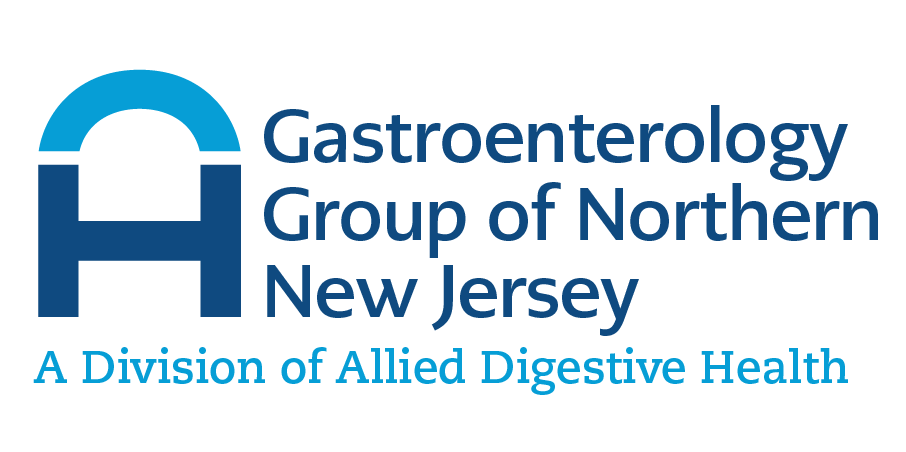What is an ERCP?
This procedure enables a physician to diagnose problems in the liver, gallbladder, bile ducts and pancreas. The liver is a large organ that, among other things, makes a liquid called bile that helps with digestion. Several small tubes (bile ducts) collect the bile from the liver and drain into one larger tube (common bile duct) which opens into the duodenum (first part of the intestine). The gallbladder, which is attached to the common bile duct, is a small pear-shaped organ that stores bile until it is needed for digestion. The pancreas is a large gland that produces chemicals that help with digestion, and hormones such as insulin. These chemicals are collected by a tube (pancreatic duct) which course through the pancreas. Both the pancreatic duct and common bile duct open into the duodenum.
Why is an ERCP Done?
ERCP is used primarily to diagnose and treat conditions of the bile ducts, including gallstones, inflammatory strictures, blockages (obstruction), leaks, and cancer. ERCP can also be used to examine diseases of the pancreas, such as pancreatitis, stones or strictures of the pancreatic duct, pancreatic cysts and tumors
How Does One Prepare for ERCP?
In order to achieve accurate results, you must have an empty stomach before the procedure. You should not eat or drink anything for at least six hours before an upper endoscopy. Tell your doctor about any conditions or medications you take and he or she will instruct you on how to prepare.
Englewood Cliffs Office
Englewood Office
How is ERCP Performed?
It is performed in an X-Ray Room. The patient is asked to lie on the left side and a sedative is generally given to the patient. Then, an endoscope is inserted into the esophagus till the common bile duct. Now, the patient is turned to lie flat and the provider passes a plastic tube into the opening of the common bile duct.
Then a dye is injected into the common bile duct. A Radiologists will take X-Rays images. If a gallstone is found, a very small incision is given at the opening of the bile duct. This causes widening of the opening. The blocked stone now is easily removed.
If the duct has become narrowed. Biopsies i.e small tissue samples can be taken for further examination.
This procedure takes around 20 to 45 minutes.
What Happens after the ERCP is Done?
- Patients will not be able to drive after procedure because of the sedation during test.
- Patients should not operate any machinery for at least 8 hours after procedure.
- If a patient suffers from any pain or develops any unusual symptoms, it should be reported to your physician immediately.
What are the Risks Associated with ERCP?
Generally, ERCP is a well-tolerated procedure when performed by physicians who have the proper skills and training. The risks of complications are low, but they can occur. One complication is pancreatitis, which is inflammation of the pancreas. Other complications can include internal bleeding from the intestines, bile or pancreatic ducts, infection, or perforation (a hole or a deep tear in the lining of the gastrointestinal tract). Other risks involve complications related to the anesthetics and sedatives (breathing difficulties, aspiration) or complications related to heart and lung disease.


